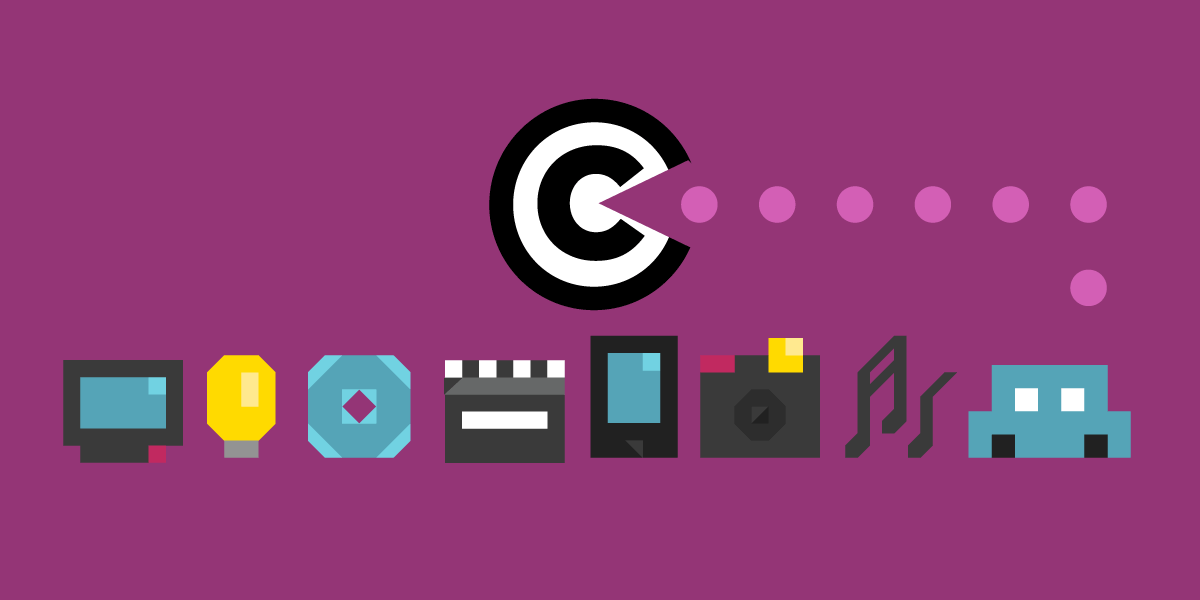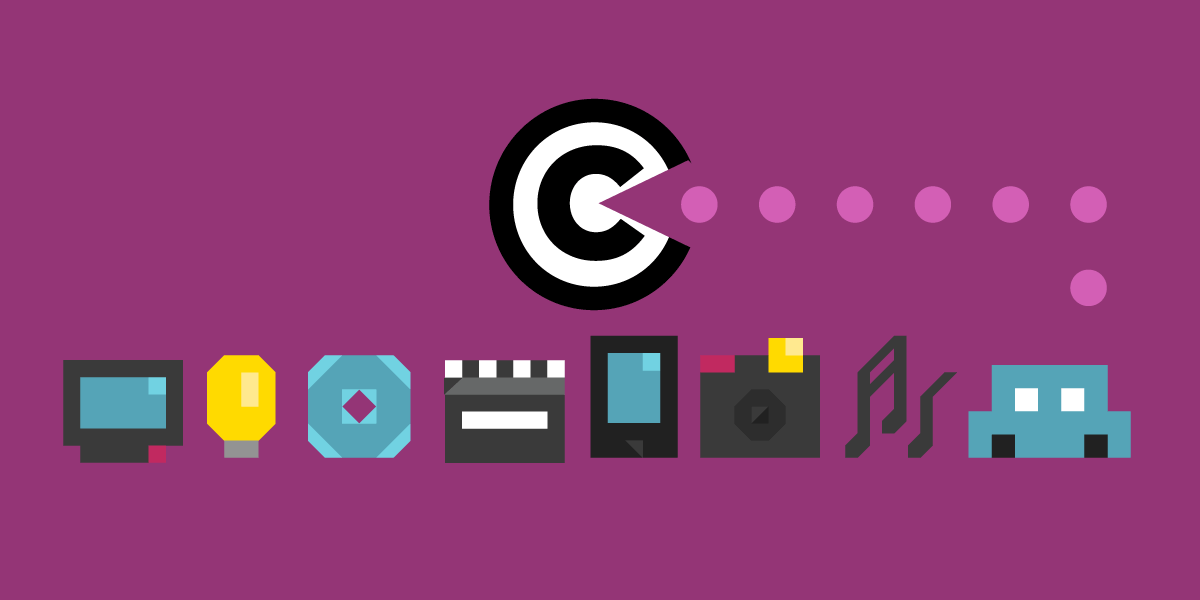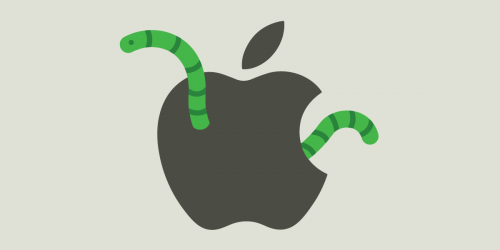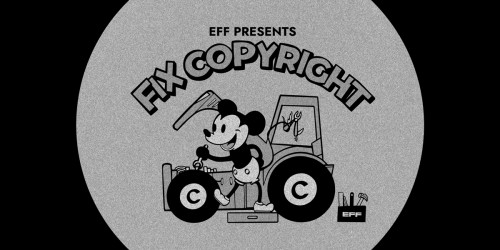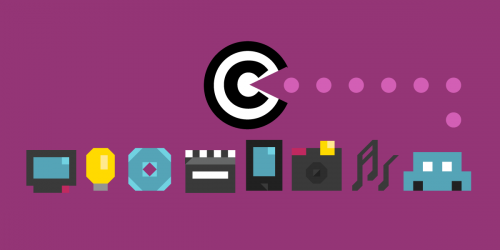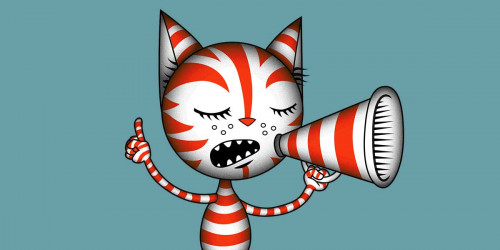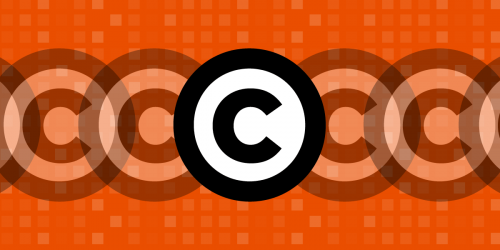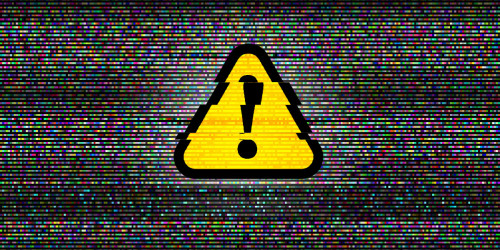Amid a wave of lawsuits targeting how AI companies use copyrighted works to train large language models that generate new works, a peculiar provision of copyright law is suddenly in the spotlight: Section 1202 of the Digital Millennium Copyright Act (DMCA). Section 1202 restricts intentionally removing or changing copyright management information (CMI), such as a signature on a painting or attached to a photograph. Passed in 1998, the rule was supposed to help rightsholders identify potentially infringing uses of their works and encourage licensing.
Open AI and Microsoft used code from Github as part of the training data for their LLMs, along with billions of other works. A group of anonymous Github contributors sued, arguing that those LLMs generated new snippets of code that were substantially similar to theirs—but with the CMI stripped. Notably, they did not claim that the new code was copyright infringement—they are relying solely on Section 1202 of the DMCA. Their problem? The generated code is different from their original work, and courts across the US have adopted an “identicality rule,” on the theory that Section 1202 is supposed to apply only when CMI is removed from existing works, not when it’s simply missing from a new one.
It may sound like an obscure legal question, but the outcome of this battle—currently before the Ninth Circuit Court of Appeals—could have far-reaching implications beyond generative AI technologies. If the rightholders were correct, Section 1202 effectively creates a freestanding right of attribution, creating potential liability even for non-infringing uses, such as fair use, if those new uses simply omit the CMI. While many fair users might ultimately escape liability under other limitations built into Section 1202, the looming threat of litigation, backed by risk of high and unpredictable statutory penalties, will be enough to pressure many defendants to settle. Indeed, an entire legal industry of “copyright trolls” has emerged to exploit this dynamic, with no corollary benefit to creativity or innovation.
Fortunately, as we explain in a brief filed today, the text of Section 1202 doesn’t support such an expansive interpretation. The provision repeatedly refers to “works” and “copies of works”—not “substantially similar” excerpts or new adaptations—and its focus on “removal or alteration” clearly contemplates actions taken with respect to existing works, not new ones. Congress could have chosen otherwise and written the law differently. Wisely it did not, thereby ensuring that rightsholders couldn’t leverage the omission of CMI to punish or unfairly threaten otherwise lawful re-uses of a work.
Given the proliferation of copyrighted works in virtually every facet of daily life, the last thing any court should do is give rightsholders a new, freestanding weapon against fair uses. As the Supreme Court once observed, copyright is a “tax on readers for the purpose of giving a bounty to writers.” That tax—including the expense of litigation—can be an important way to encourage new creativity, but it should not be levied unless the Copyright Act clearly requires it.


